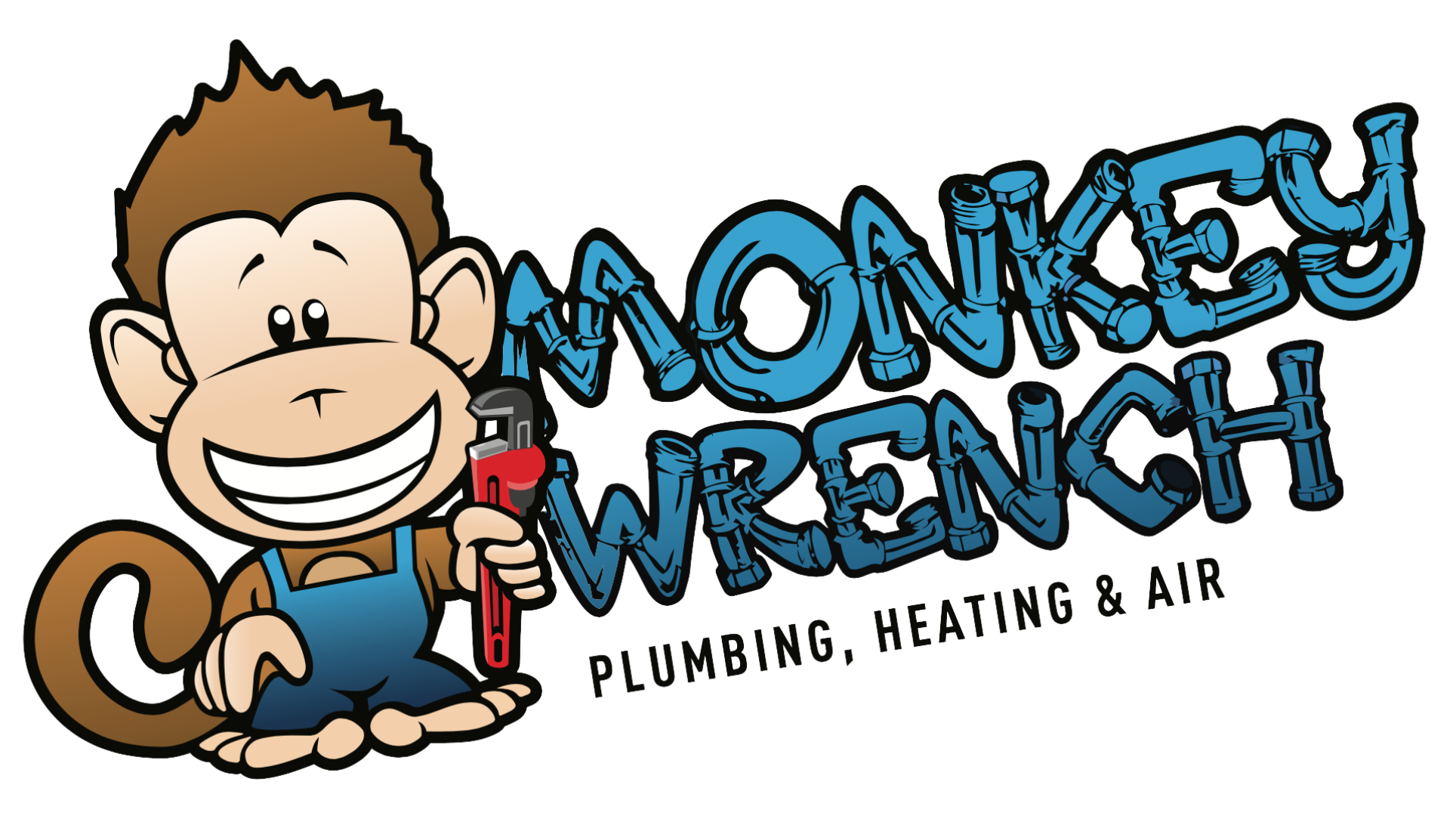What Is Central Air Conditioning: A Beginner’s Guide
Homeowners who grew up or have lived in Los Angeles and the surrounding areas for a while understand how hot it can be for more than half of the year. Yes, fans can keep a small area cool, but what about a whole home? That's where central air conditioning comes in and plays a vital role in keeping Angelenos and their families cool every record-breaking hot summer.
At Monkey Wrench, we understand how hot homes can get with the summer heat and constantly advise homeowners on best practices and maintenance for their ACs. For nearly two decades, we've helped install and service air conditioners so homeowners don't feel like they're melting like a tub of ice cream left outside during the day.
Whether you need a refresher on how central AC works or want to gain knowledge, we'll cover what central AC is, how it works, and types of cooling systems. By the end of this article, you'll have a basic understanding of central air conditioning so that you can start your search for a new cooling system with a new sense of familiarity with air conditioners.
Ready? Let's jump right in!
What Is a Central Air Conditioner?
Central air conditioners are whole-house cooling systems designed to remove heat from a home, cool it down using refrigerant, and distribute the cool air throughout a house using a system of ventilation and ductwork. The entire process relies on a refrigerant cycle.
Whenever the temperature inside a home gets too warm, the thermostat's sensors activate and kickstart the cooling system. Once the home reaches a desired temperature, it shuts off. Most air conditioners don't go below 60 to 65 degrees Fahrenheit to ensure homes don't become too cold and lose comfort.
How Does Central Air Conditioning Work?
The thermostat's sensors are the first step of the refrigeration cycle inside air conditioners, which starts the cooling process. Homeowners can use the thermostat to choose how cool the home must be so the AC system can begin whenever a home becomes too hot and suppresses a set temperature.
Other key parts also play a vital role in cooling a home, further highlighted in the next section.
Parts of a Central Air Conditioner
To better explain how central air conditioning works, we must highlight the parts that make this process possible. After the thermostat's sensors detect high temperatures, the system powers on.
- Blower motor and return ducts: The blower motor is a fan that powers on when the AC starts. The fan draws warm air through the return ducts, passing through air filters to remove dust, lint, and other debris.
- Evaporator coil: The filtered air passes over the evaporator coil, which is filled with refrigerant. The refrigerant is in a cold liquid state and absorbs the heat from the air passing over the evaporator's coils.
- Refrigerant: After starting out as a cold liquid, refrigerant becomes a warm vapor due to the heat it absorbs from the evaporator. The refrigerant in a central air conditioning system doesn't need to be replenished and lasts as long as the AC runs. Still, if there's any damage or cracks in the system, the refrigerant may leak.
- Compressor: The warm, gaseous refrigerant reaches the compressor, usually located in an air conditioner's outdoor unit. The compressor raises the refrigerant's temperature and transforms it into a hot vapor.
- Condenser coil: Once the hot refrigerant gas reaches the condenser, it still carries the heat absorbed inside the home. A blower motor fan blows air over the refrigerant, removing any heat. This process also cools the refrigerant into a warm, liquid state.
- Expansion valve: The warm refrigerant liquid enters the expansion valve, which reduces its pressure and causes the refrigerant to cool down significantly. The cold refrigerant liquid then reenters the evaporator coils so that it is ready to start the refrigeration cycle again.
The evaporator produces cool air, which the blower motors help transport via ductwork and vents throughout the home. The process for making cold air is the same for all central air conditioning systems, but not all central ACs are the same.
What Are the Different Types of Air Conditioners?
Air conditioners can come with different operating modes. Also known as stages, these modes affect how a central AC's compressors adjust cooling and energy consumption.
Here's a short summary of each stage.
- Single stage: Single-stage air conditioners have compressors that either remain off or operate at full capacity when the AC is powered on. This means these ACs are on full blast whenever they cool down a home. These ACs are on the lower end of the price spectrum but have lower energy efficiency ratings.
- Two-stage: Whereas single-stage ACs operate at either zero or 100%, two-stage cooling systems offer a second cooling capacity of 70%. This allows them to cool down a home more efficiently without consuming too much energy.
- Variable stage: These air conditioners have compressors with a wide range of capacities, which provide precise temperature control. They also operate much quieter than other cooling systems. Variable-stage air conditioners maximize cooling efficiency without compromising energy consumption.
The type of compressor capacity also influences the cost of an air conditioner. The different compressor modes are available in the various air conditioners showcased in the next section.
Split Air Conditioning System
Most homes in Los Angeles and the surrounding areas have a split central air conditioning system. These cooling systems consist of two units, one located outside and the other indoors. The parts inside an AC that are part of the refrigeration cycle are split between the indoor and outdoor units.
Split AC systems are compatible with furnaces and can be installed to accommodate a furnace. They can also connect with existing ductwork as long as they're compatible.
The outdoor unit of a split system is usually placed outside next to a home, but the indoor unit is installed on the roof or somewhere hidden where it doesn't obstruct. The amount of space available for an installation determines whether a home can have a split system or a packaged air conditioner.
Packaged Central Air Conditioning
Packaged central air conditioning systems are single units containing all the refrigeration cycle's key parts. They are common in homes with limited space.
They're also easier for technicians to install and can be found next to a home or roof. Like split AC systems, packaged air conditioners can connect with furnaces to provide year-round cooling and heating.
Wrapping Up Central Air Conditioning Systems
In places with desert-like climates, air conditioning is a must. By breaking down what a central AC system is, you can start to prepare yourself to upgrade your home's AC or increase your knowledge to prepare for any AC-related issues. With this beginner's guide as a reference point, you can also stay in the loop when a technician has to explain specific terms related to your air conditioner.
Since 2007, we've worked on and installed hundreds of air conditioners throughout the Los Angeles area. Although we know everything about air conditioners like the back of our hands, we believe in sharing this helpful knowledge so that homeowners can take more control of their homes by understanding how certain fixtures work.
If you are interested in an AC tune-up, installation, or repair service, contact us using one of the buttons below. You can also directly book an appointment with a technician using our online HVAC scheduler.
Now that you've learned central air conditioning check out the best AC brands of the year to see if it's time to upgrade to a more modern and efficient cooling system.




